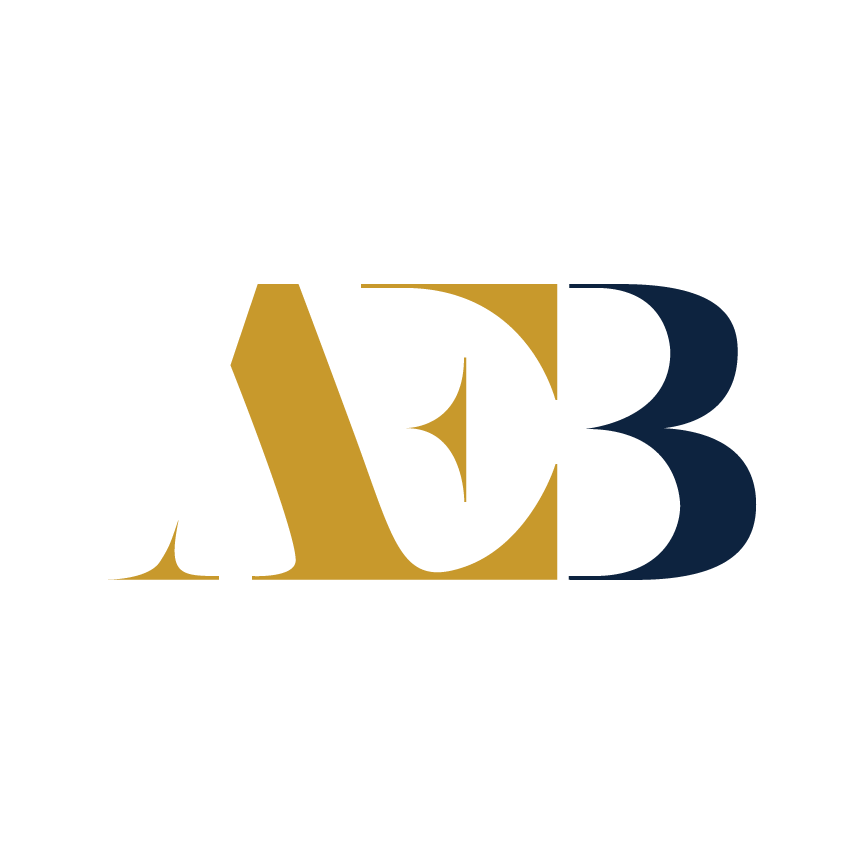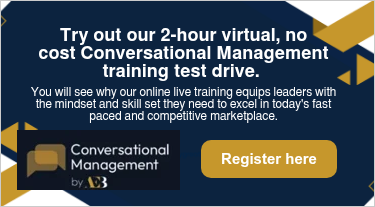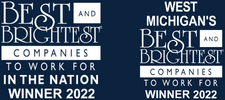Do your current leaders possess the tools, talent, and personality to meet and exceed what is required for the future? If you hesitate or the answer is no, you most likely have a leadership gap.
AEBetancourt recently partnered with The Right Place, an economic development organization, to host a session in their Talent Learning Lab series. We explored the business challenges: how organizations can effectively attract, retain, and develop talent. These four leaders shared practical strategies and insights from how to avoid employee litigation to when to hire, coach or cut ties. Meet the panelists:
- Paul Doyle, Founder and Partner, LeaderWork
- Rachel Gray, Executive Director, Hello West Michigan
- Paul Wilhelm, Partner, Barnes & Thornburg
- Art Betancourt, CEO, AEBetancourt
Intolerant of Cultural Misfits
One of the first questions centered on the topic of hiring and firing. Paul Doyle stressed the importance of acting quickly, particularly when it comes to letting someone go. His perspective: termination does not mean someone lacks talent, only that the fit is wrong. He emphasized that cultural alignment often outweighs performance. A high performer in the wrong culture can be more damaging than a moderate performer who embodies the organization’s values.
Art Betancourt added that a low performer can cost a company up to 15 times their salary, while a high performer can generate 5 to 10 times their compensation in profit. Paul Wilhelm underscored the value of employers being both thoughtful and decisive about their teams, encouraging employers to consider the adage decision-making with his advice: “Hire slow. Fire fast.”
Promote versus Hire
When organizations struggle to source strong candidates locally, creative approaches become essential. Rachel Gray drew an analogy from sports, noting that companies can either train up talent from the “minor leagues” or recruit directly from competitors. She also emphasized that candidates are not only evaluating the job itself but also the broader community. Lifestyle and economics carry significant weight, with prospective employees asking questions such as:
- Can I imagine myself here after 5 p.m.?
- Are there opportunities outside of work that enrich my life?
- Is the regional economy diverse and resilient?
Beyond attracting talent, leaders also face the question of how to cultivate talent once it’s in the door. Should organizations focus on promoting from within, or is it sometimes wiser to bring in new voices from outside? Art highlighted that aspiring leaders must have a clear understanding of expectations before stepping into greater responsibility.
Paul Doyle added that these choices should always align with the organization’s strategic vision, ensuring leadership growth supports long-term goals.
Document, Document, Document
Drawing on his legal expertise, Paul Wilhelm shared common pitfalls that lead to employee litigation. These include:
- Poor or inconsistent documentation - Inadequate records make it difficult to defend employer decisions, leaving organizations vulnerable in disputes.
- Lack of respect during terminations - How an employee is treated when leaving can significantly impact their likelihood of pursuing legal action.
- Payroll and timekeeping errors - Even small mistakes in compensation or hours tracking can escalate into costly compliance issues.
Paul Wilhelm's advice reinforced the need for structure, clarity, and dignity in every stage of the employment lifecycle.
More to Explore
Attendees raised questions about career transitions for older professionals, where resources such as alumni networks and outplacement services can be valuable. Another participant asked about frameworks for handling underperformance. Paul Doyle recommended the “coach, coach, fire” model: provide two structured opportunities for improvement, and if progress is not made, move forward with termination.
People Pointers
The Talent Learning Lab series confirmed that solving the leadership gap requires more than filling open roles. It requires cultural alignment, a clear strategic vision, and communities where people want to live and work. This session offered practical and actionable advice that leaders can take back to their organizations to strengthen people and performance.





